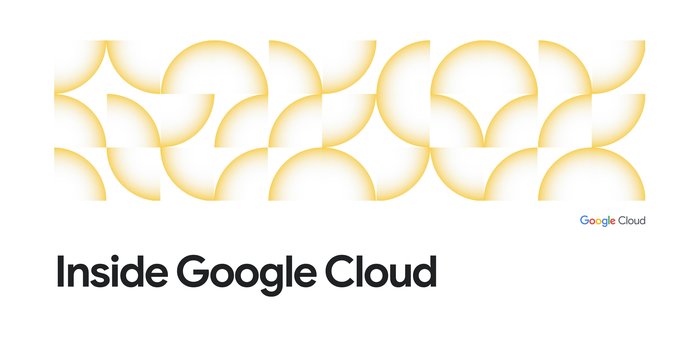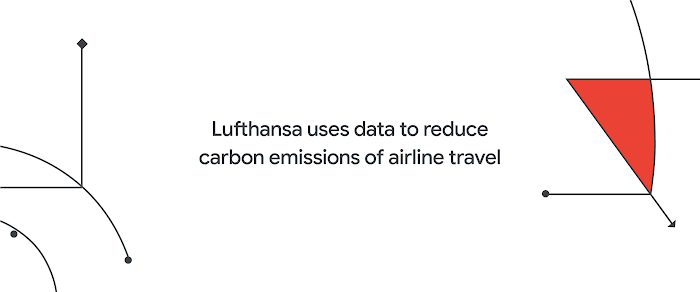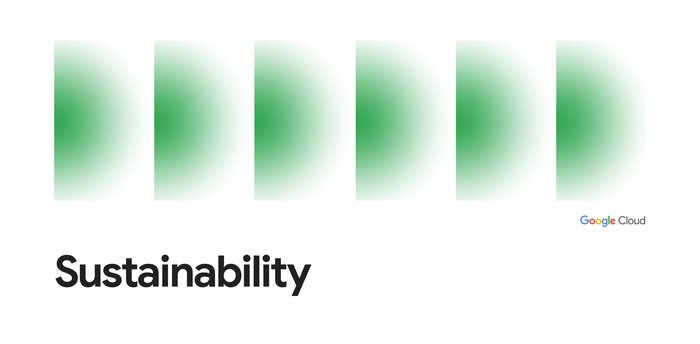IT prediction: Organizations prioritize sustainability as part of application design
Steren Giannini
Director, Product Management
Try Google Cloud
Start building on Google Cloud with $300 in free credits and 20+ always free products.
Free trialEditor's note: This post is part of an ongoing series on IT predictions from Google Cloud experts. Check out the full list of our predictions on how IT will change in the coming years.
Prediction: By 2025, 3 out of 4 developers will lead with sustainability as their primary development principle
For years now, the focus has been on building fast, securely, cost-effectively, simply, and reliably — but a new development principle is emerging: building sustainably.
The time for ignoring the urgency of meeting climate targets is ending, but companies are still struggling to find effective ways to take action. Some 65% of IT executives say while they want to improve sustainability efforts, they don’t know how. Another 36% admit they don’t even have measurement tools to track their progress toward sustainability.
Companies need better data about the environmental footprint of their businesses, as well as tools to measure, report, and reduce their cloud carbon emissions. For instance, our Carbon Footprint tool is based on actual energy measurements used by the machines in our data centers, including the gross emissions from electricity production, fossil fuel, and other embodied carbon emissions.
This unique report delivers a complete picture of Scope 1, 2, and 3 cloud emissions. You can break down data by project, service, or region and take concrete actions to help lower carbon emissions and make more sustainable decisions. You can also export cloud emissions data to BigQuery for further analysis and provide sustainability teams with the information they need to report on your company’s carbon footprint.
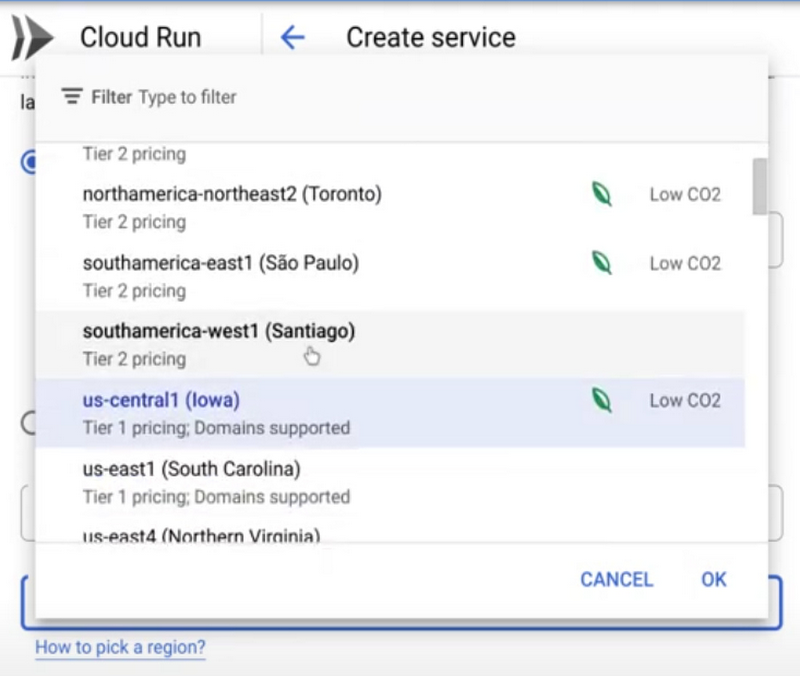

So, how does sustainable design help organizations build more sustainable applications?
Organizations may not realize it, but deploying their applications in a "low-carbon" Google Cloud region can significantly lower their gross electricity emissions. For example, choosing Google Cloud’s Oregon data center over Las Vegas can reduce gross electricity emissions by about 80%, even though latency is similar in both regions.
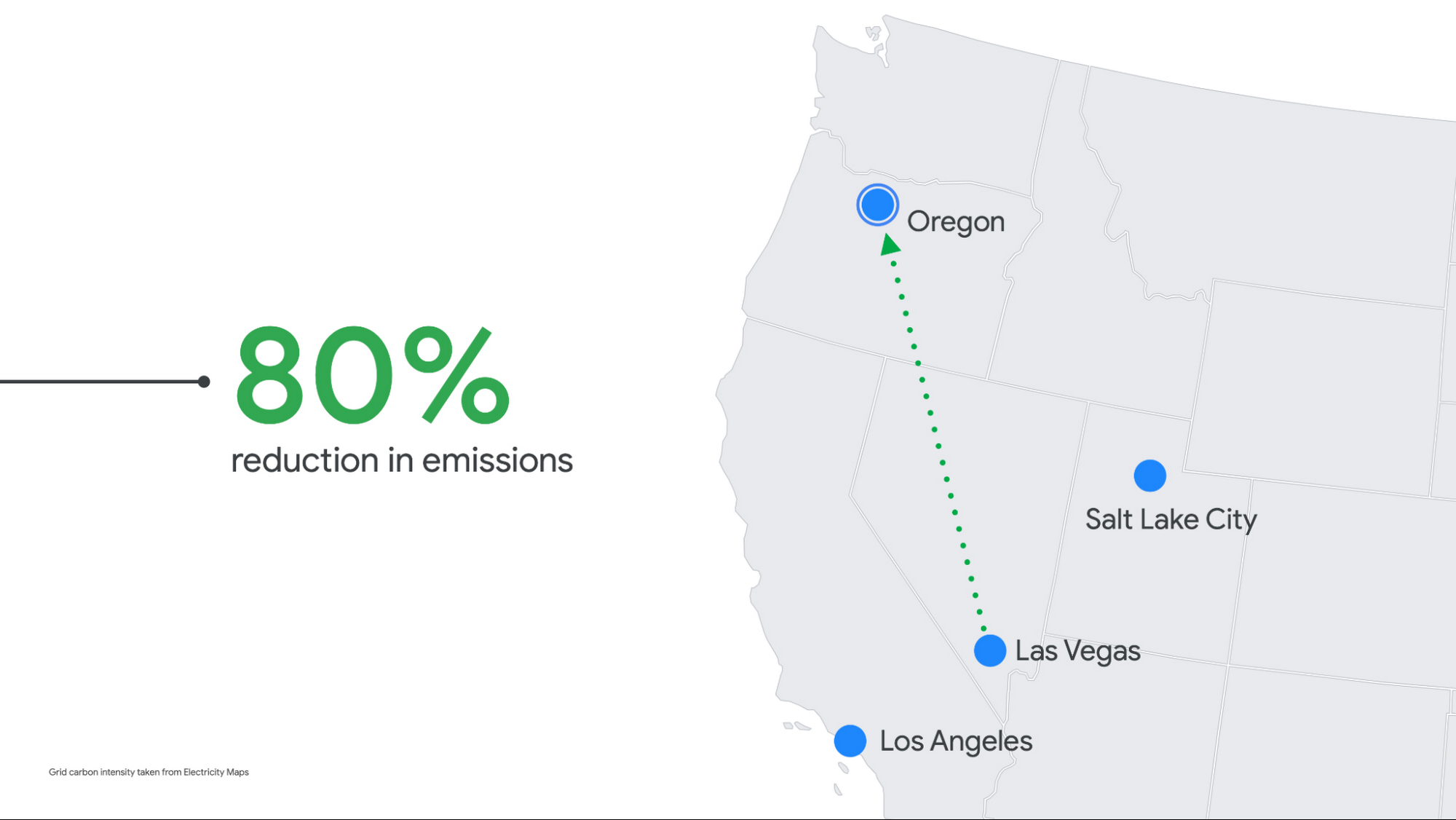

When you make sustainability part of your design, it can make a big difference. And we noticed new users were 50% more likely to make more sustainable decisions when they saw an icon in the console indicating a low-carbon region.
That’s why we’ve taken steps to make it easier for all of our customers to identify opportunities to lower carbon emissions at scale. Today, you can find recommendations for removing idle resources and their associated emissions from Active Assist, our intelligent cloud optimization tools, and sustainability features are embedded across Google Cloud tools — with more coming all the time. By 2025, we’re confident that sustainability will be a lead design decision for three out of every four systems that are deployed on our cloud.

